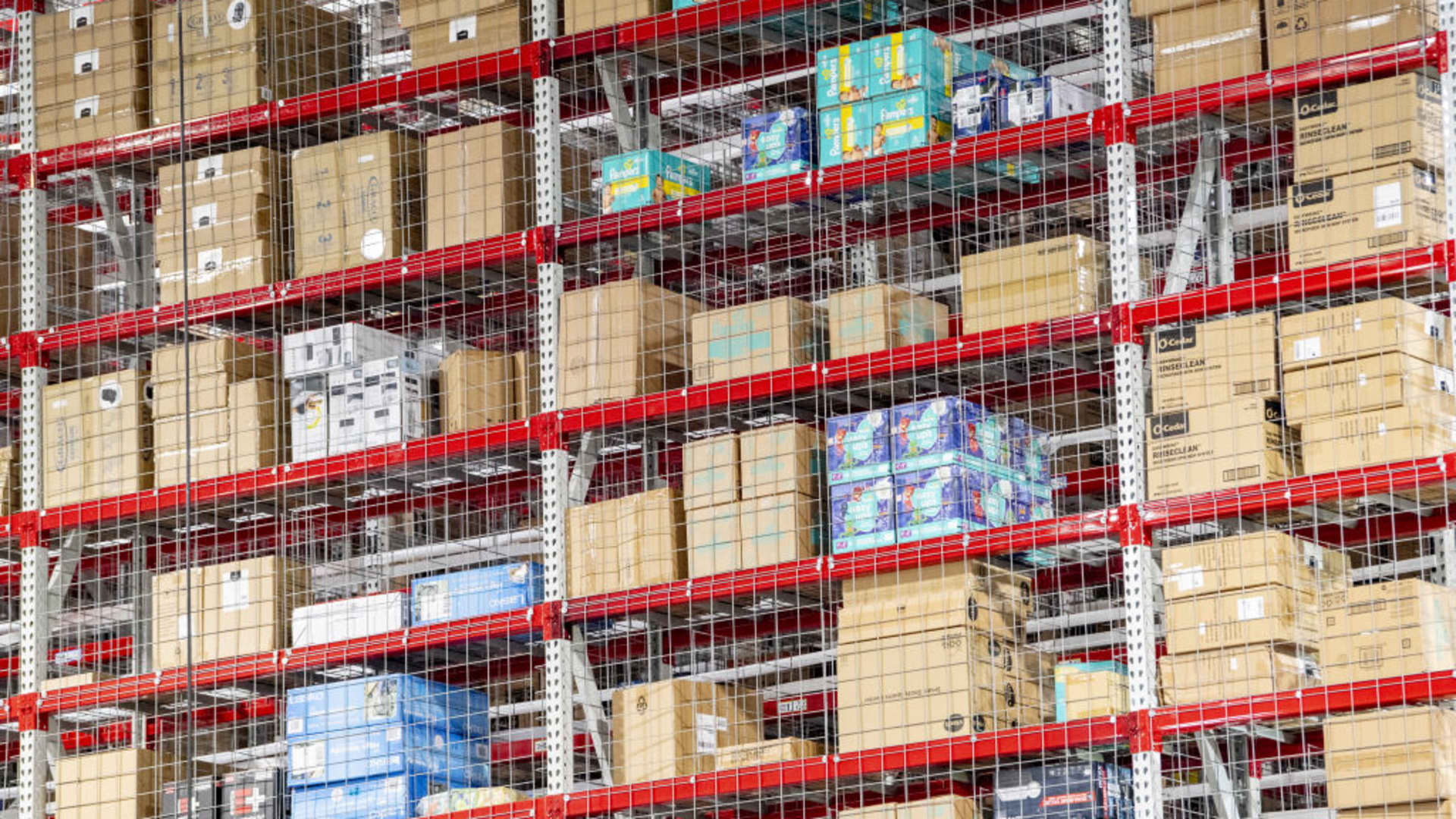The Subscription Economy: Why Every Industry Wants a Monthly Fee
Not long ago, subscriptions were mostly reserved for newspapers, magazines, and maybe your local gym. Today, the “subscription economy” has expanded into nearly every corner of life—streaming platforms, meal kits, clothing rentals, fitness apps, even car ownership. Businesses have realized that the monthly fee model isn’t just a convenience for customers—it’s a powerful engine for growth, loyalty, and predictable revenue. But what does this shift really mean for consumers and industries?
Why Subscriptions Appeal to Businesses
At the core, the subscription model gives companies something every CFO dreams about: recurring revenue. Instead of one-time sales, brands build a reliable stream of income that helps with forecasting and long-term planning.
- Customer loyalty: A monthly fee often leads to “stickiness.” Canceling feels like losing a service you’ve come to rely on.
- Data insights: Subscriptions allow companies to track behavior and preferences over time, making personalization easier.
- Scalability: Once infrastructure is built, adding more subscribers often costs less than chasing new one-time buyers.
That’s why industries as varied as software, fitness, retail, and even automotive are adopting the model.
Why Subscriptions Appeal to Consumers
On the flip side, subscriptions work for customers when they provide convenience, value, and variety. Netflix and Spotify proved that people prefer paying a modest fee for unlimited access rather than owning individual movies or albums.
Other benefits include:
- Budgeting ease: Predictable monthly expenses are easier to manage.
- Customization: Meal kits or clothing boxes can be tailored to personal tastes.
- Flexibility: Many subscriptions let users pause or cancel, giving them control.
In short, people are often willing to trade ownership for ongoing access, especially if it means less hassle.
Industries Driving the Trend
- Media and Entertainment
Streaming platforms like Netflix, Disney+, and Spotify led the charge, proving subscriptions could disrupt entire industries. Today, bundling—such as combining video, music, and news—is creating even more stickiness. - Retail
From Dollar Shave Club to beauty boxes like Ipsy, retail subscriptions thrive on convenience and discovery. Customers enjoy curated items arriving at their door, often at a discount compared to buying separately. - Automotive
Some car companies now offer subscription programs where drivers pay monthly for access to different vehicles, insurance, and maintenance—essentially turning car ownership into a service. - Health and Fitness
Apps offering on-demand workouts, meditation guides, or nutrition coaching give subscribers personalized tools for well-being without the need for traditional gyms or trainers. - Food and Beverage
Meal kits like HelloFresh or coffee subscriptions blend convenience with novelty, letting customers try new recipes or flavors without much effort.
Challenges of the Subscription Economy
While the model has undeniable benefits, it also comes with challenges:
- Subscription fatigue: Consumers are overwhelmed by too many small recurring charges, leading to cancellations.
- Competition: The market is crowded, and only the services that deliver consistent value survive.
- Economic downturns: In tighter times, “nice-to-have” subscriptions are the first to go.
Companies that thrive in this space are those that focus on value, transparency, and adaptability.
The Future of Subscriptions
Looking ahead, the subscription economy is poised to expand into areas we might not expect:
- Healthcare: Concierge medicine and telehealth memberships are growing.
- Education: Lifelong learning platforms are creating monthly learning plans.
- Sustainability: Clothing rental and furniture subscriptions are marketed as eco-friendly alternatives to fast consumption.
But the real future may lie in hybrid models—mixing subscriptions with ownership, offering flexibility for different lifestyles.
The subscription economy isn’t just a passing trend—it’s a structural shift in how businesses and consumers interact. For companies, it means steadier revenue and closer customer relationships. For consumers, it promises convenience and personalization—though at the risk of subscription overload.
As more industries embrace the model, the challenge will be finding the balance: providing ongoing value without draining wallets. Done right, subscriptions can feel less like a bill and more like a lifestyle upgrade.







